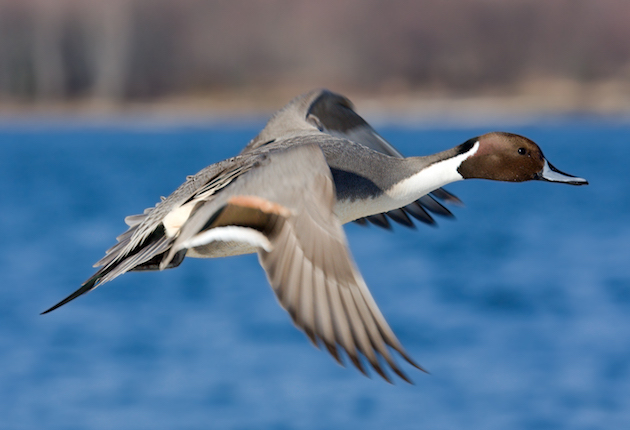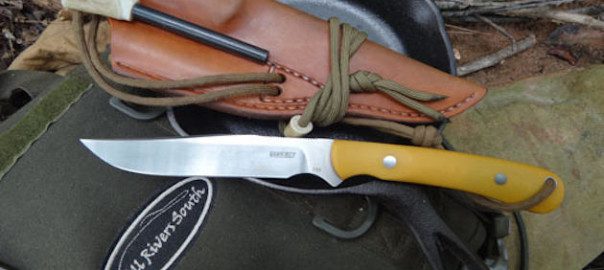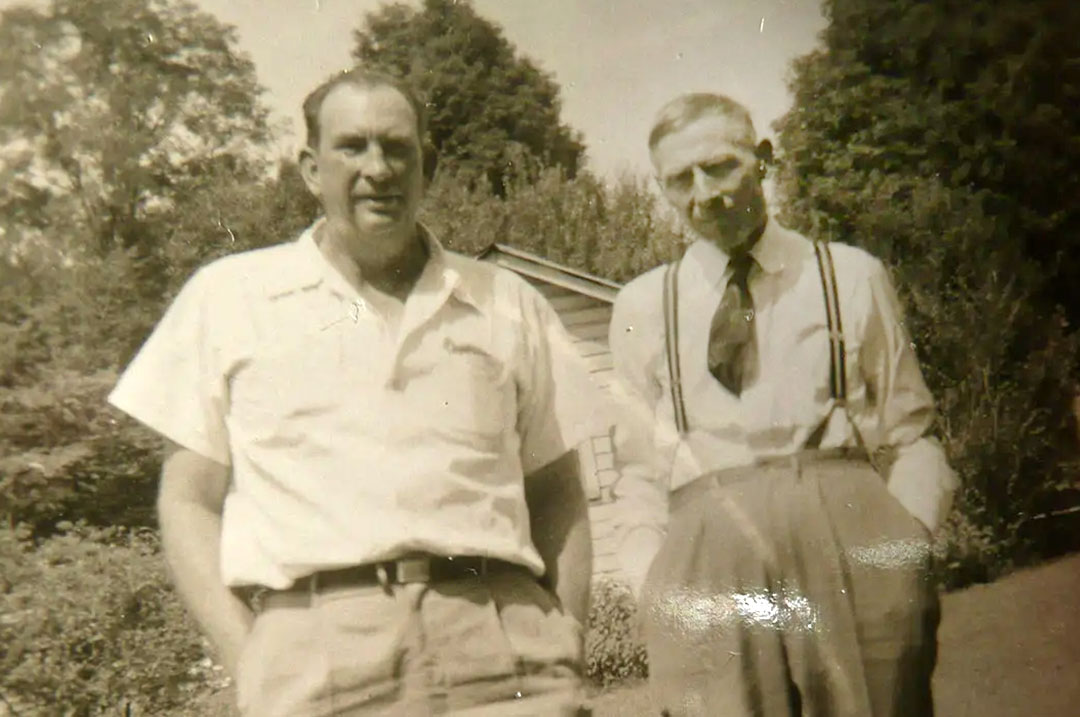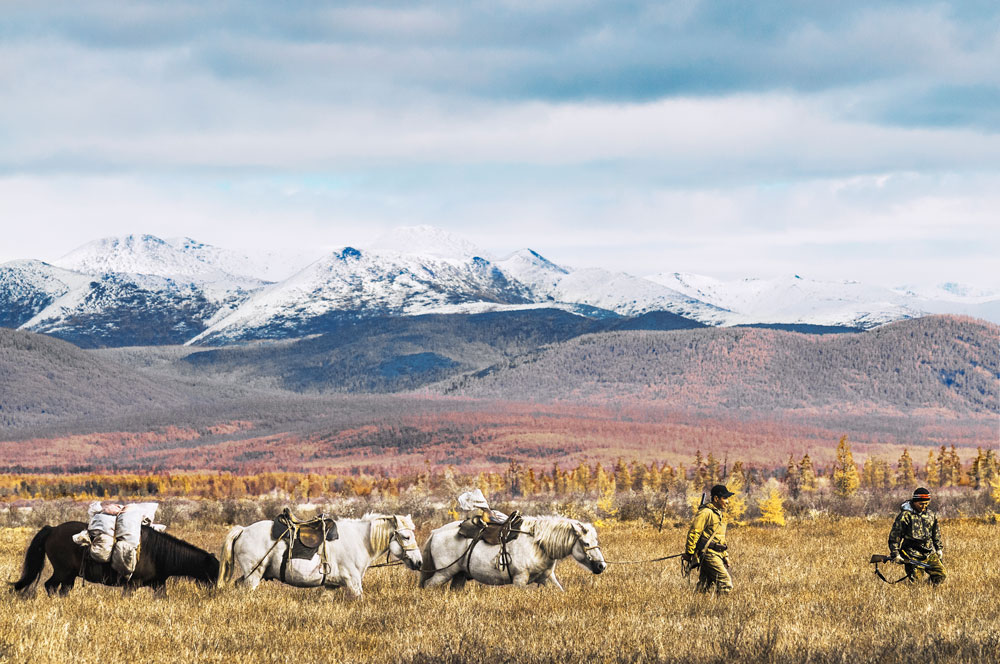Watching the sun rise over a marsh is an awe-inspiring experience, a memory bank deposit that for many duck hunters is as valuable as the number of birds they bag. Yet, every year some duck hunters find themselves in bad situations, the result of falls into cold water, mishaps with their firearms, or other incidents that may forever cloud what’s supposed to be an enjoyable experience.
As Minnesota’s waterfowl hunting season gets underway, Department of Natural Resources conservation officers remind hunters to ensure their hunting and safety gear is in good condition before heading afield. Hunting safely by adhering to the key tenets of safe firearms handling is the best way to reduce the risk they’ll be involved in what could be a life-changing incident.
“Safe hunts are successful hunts, but they don’t just happen on their own,” said Jon Paurus, DNR Enforcement Division education program coordinator. “It’s up to hunters to put themselves in safe situations.”
For those who use boats during their hunt, that means thinking of themselves as boaters. Wearing a life jacket is the best way to avoid drowning. Colder water this time of year increases the likelihood of cold water shock and hypothermia. Duck hunters should tell someone else where they’re going and when they plan to return, and have a communication device such as a cell phone or radio along with them. Overloaded boats also are susceptible to capsizing or swamping, so it’s important to pack only the gear that’s necessary and distribute it as evenly as possible.
Each year, duck hunters also are involved in firearms-related incidents that lead to injury or death. The three most common factors are careless handling, not knowing the safe zone of fire and not being sure of what’s beyond the target. By following the four tenets of safe firearms handling, hunters can avoid most firearms and hunting-related incidents:
- Treat each firearm as if it is loaded.
- Always control the muzzle of the firearm.
- Be sure of the target and what’s beyond.
- Keep finger off the trigger and outside the trigger guard until ready to shoot.




